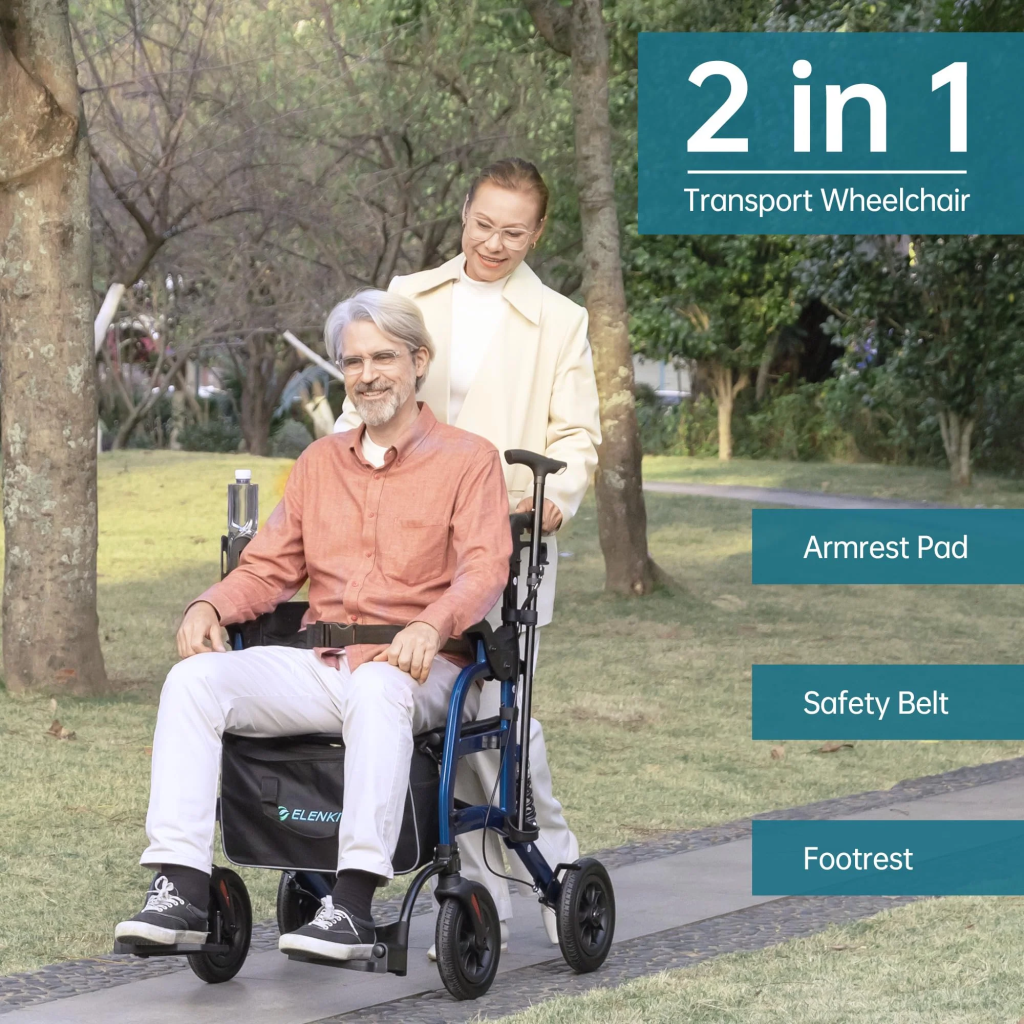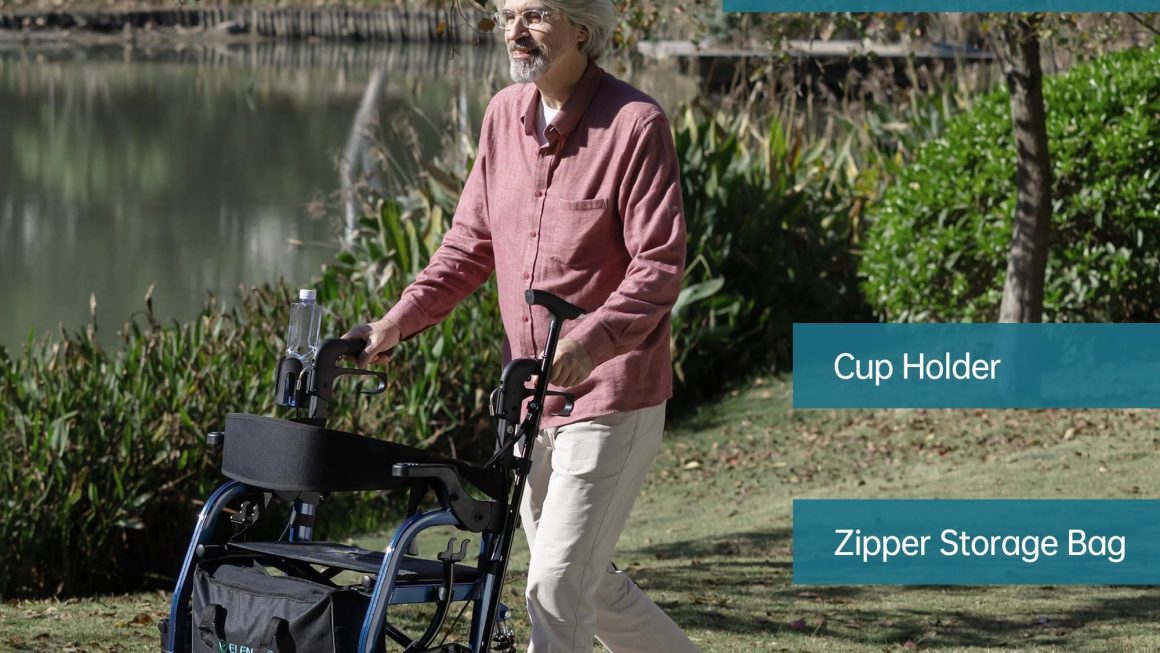If you’re new to the term, a rolling walker—sometimes called a roller walker with seat or just a rolled walker—is like your standard walker, but cooler. It has wheels, usually four, hand brakes, and a built-in seat. That means if you’re walking and get tired, you can stop and sit down right there on the spot. No need to hunt for the nearest bench.
You’ve probably searched online for something like “rolling walker with seat near me” if you’ve been considering one. They’re pretty easy to find in medical supply stores or online, and they come in all sorts of sizes and styles.
Why Parkinson’s Patients Might Benefit
People with Parkinson’s often experience shuffling steps, muscle stiffness, and balance issues. That combo can make walking not just hard, but risky too. Falls are a real concern.
A rolling walker can help with:
- Stability: It gives something sturdy to hold onto while walking.
- Posture: Many models encourage standing upright rather than hunching forward.
- Fatigue: The built-in seat is perfect for those moments when you need a quick break.
- Confidence: Knowing you’ve got support can make walking less stressful and more enjoyable.
What Makes It a Good Fit?
Not every Parkinson’s case is the same. Some people are in the early stages and just need a little extra support, while others may have more significant mobility challenges. Here’s when a roller walker with seat can be especially helpful:

HFK-9210KDB-3 ELENKER Upright Walker
- You or your loved one can still walk fairly well but tires out easily.
- There are frequent pauses needed to rest while walking.
- Balance is an issue, but the person is still mobile with assistance.
- You want something portable that works indoors and out.
Many rolling walkers also have storage under the seat, which is great for carrying medications, water, or even groceries.
Things to Watch Out For
Rolling walkers are great, but they do come with some caution flags. For one, the wheels can roll away if the brakes aren’t engaged properly. That can actually cause a fall—definitely not what we want.
Here are a few safety tips:
- Make sure the brakes are easy to use and always locked when sitting.
- Choose a model that’s the right height to avoid slouching or tipping.
- Go for a walker with a wider base if balance is a bigger issue.
- Don’t use the walker as a wheelchair substitute. It’s not built for pushing someone while seated.
And definitely get a little practice in before hitting the sidewalk. A physical therapist can show you how to use it the right way.
Indoor vs. Outdoor Use
Wondering if this is something that can handle both indoor floors and rougher sidewalks? Good question.
Some rolling walkers are built tough enough for outdoor use—think larger wheels and durable frames. Others are lighter and better suited for smooth, indoor flooring.
If your Parkinson’s journey includes walks in the park or quick trips to the store, ask for models designed for both environments. Bigger wheels = smoother ride on bumpy ground.
Are There Alternatives?
If balance is severely affected or freezing episodes (where your feet feel like they’re glued to the floor) happen often, a rolling walker might not be enough. In those cases, a more specialized mobility aid or even a wheelchair may be needed, at least part-time.
That’s why it’s important to talk to a healthcare provider before picking out a walker. They can help match the right device to your needs.

In Summary
If you or someone close to you is dealing with Parkinson’s and walking is getting harder, a rolling walker with seat could be a real lifesaver. It offers support, gives you a place to rest, and boosts confidence when moving around. Just be sure to pick one that fits well, is safe to use, and fits your daily lifestyle.
And hey—just because you need a little help walking doesn’t mean life slows down. A good roller walker with seat might just keep you moving forward, one safe, steady step at a time.
